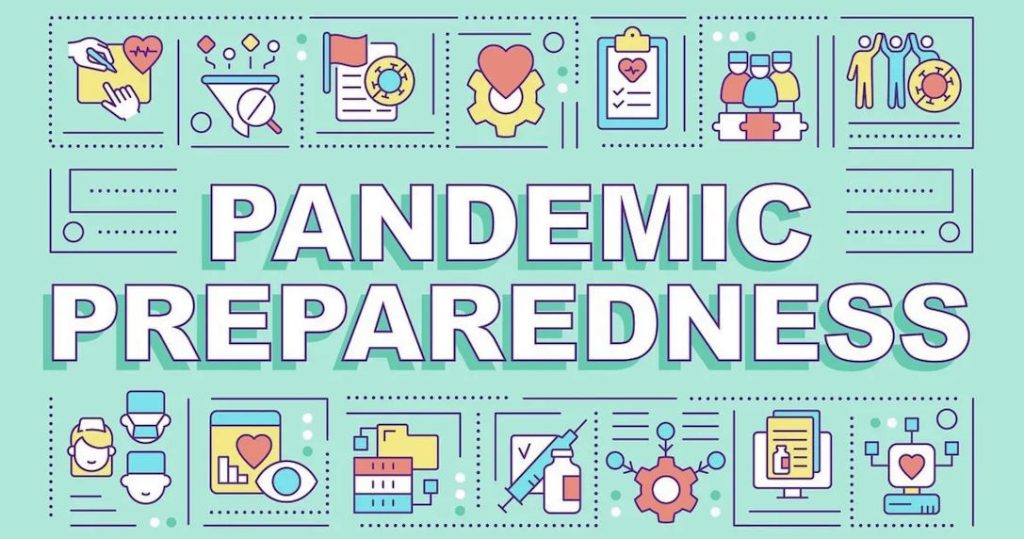
In an ever-changing world where global health threats can emerge unexpectedly, the importance of pandemic preparedness has been thrust into the spotlight like never before. The devastating impact of the COVID-19 pandemic served as a stark reminder of the need for comprehensive and agile contingency plans to protect nations and their citizens. As countries faced the unprecedented challenges brought on by the outbreak, many were compelled to reevaluate their existing strategies and fortify their defenses against future pandemics.
Identifying Gaps in Preparedness
The outbreak of the COVID-19 pandemic exposed critical gaps in the pandemic preparedness of numerous countries around the world. One glaring shortcoming was the lack of a coordinated and unified response, with variations in approaches from one nation to another. Some countries struggled to implement timely and effective containment measures, leading to rapid virus spread. Inadequate healthcare infrastructure and insufficient medical supplies further exacerbated the situation. The shortage of personal protective equipment (PPE), ventilators, and testing kits hampered the ability of healthcare systems to handle the surge in cases. Additionally, the initial contingency plans often did not fully account for the unique challenges posed by a novel virus, resulting in limited understanding and responses that were less effective than desired. These shortcomings highlighted the need for countries to proactively reassess their preparedness strategies and ensure comprehensive, adaptable plans to face future pandemics.

Governments and healthcare systems worldwide found themselves navigating uncharted waters during the pandemic, grappling with unprecedented challenges. One of the significant difficulties was managing the rapidly evolving situation as new information emerged about the virus. Governments faced tough decisions in balancing public health measures with economic and social impacts, trying to curb the virus’s spread while minimizing disruption to daily life. Overwhelmed healthcare systems struggled to handle the surge in patients, leading to the risk of medical facilities becoming overburdened. Frontline healthcare workers faced exhaustion and emotional strain, often working extended hours under stressful conditions. Communication also presented a challenge, as governments needed to effectively convey crucial information to the public while countering misinformation. Despite these obstacles, the pandemic emphasized the importance of agility and collaboration among nations to share knowledge and resources, laying the groundwork for stronger global solidarity in future pandemic preparedness efforts.
Key Components of Updated Contingency Plans
As the world grappled with the COVID-19 pandemic, some countries demonstrated exceptional preparedness and response, showcasing common elements that contributed to their success. A primary factor was the presence of proactive and decisive leadership. Countries with leaders who prioritized public health, based decisions on scientific evidence, and communicated transparently with the public fared better in managing the crisis. Swift implementation of containment measures, such as lockdowns and travel restrictions, also proved crucial in curbing the virus’s spread. Effective testing, contact tracing, and isolation strategies further played a pivotal role in controlling outbreaks. Nations that fostered strong partnerships between the government, healthcare sector, and research institutions exhibited a better understanding of the virus’s dynamics and coordinated responses. These successful countries also emphasized community engagement, involving citizens in adhering to preventive measures and promoting a collective sense of responsibility to combat the pandemic.

Robust healthcare infrastructure formed the backbone of countries that effectively managed the pandemic. Sufficient hospital beds, ventilators, and medical personnel allowed healthcare systems to cope with the surge in patients. Furthermore, flexible healthcare facilities enabled segregation of COVID-19 patients from non-COVID cases, minimizing cross-contamination. Adequate stockpiles of essential medical supplies, including PPE, testing kits, and medications, were vital in ensuring healthcare workers’ safety and providing timely care to patients.
A resilient supply chain was equally crucial in maintaining a steady flow of medical equipment and essential goods. Countries that diversified their suppliers and reduced dependence on a single region or country were better equipped to navigate disruptions caused by global lockdowns.

